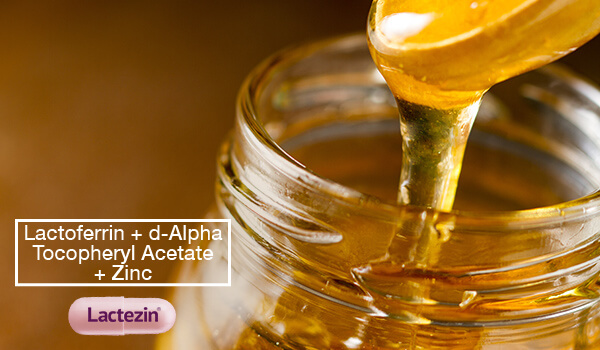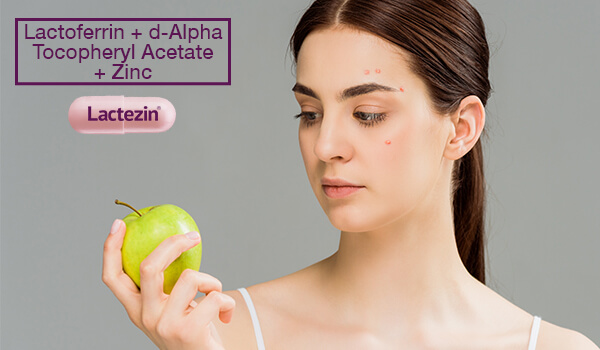How to Remove Acne: Benzoyl Peroxide vs. Salicylic Acid

Two of the most well-known acne-fighting ingredients, salicylic acid and benzoyl peroxide are often confused with each other when it comes to what they do for the skin. How do they differ and how do you remove acne with either? Read on to find out.
How to Remove Acne with Benzoyl Peroxide
Benzoyl peroxide is known to be an effective remedy to acne. Available in a variety of concentrations, the ingredient works as an antiseptic that targets bacteria. It also helps the skin shed dead skin cells and manage sebum production, preventing clogged pores that cause acne.
Benzoyl peroxide comes in different formats or products such as the following:
- acne creams and lotions
- face washes and foams
- acne body washes and soaps
- gels or spot treatments
It is important that you choose what format and concentration suits your skin best. While some people can tolerate products with a high concentration (up to 10%) of benzoyl peroxide, others may find discomfort and unpleasant effects. For usage on the face, the usual would be to go for 4% concentration since facial skin is sensitive.
The Known Side Effects
Benzoyl peroxide is generally safe to use, but experts and online sources confirm that the ingredient may cause side effects. And these side effects usually appear when you’re new to a product, or when you first start using it. The commonly associated side effects are:
- Dryness
- Redness
- Excessive peeling
- Itching
- General irritation
Here’s a pro tip, start slow with new products. Use once a day and then build up the frequency in application over time. You may also want to start with a lower concentration. It would also be best to consult experts first. Dermatologists may not recommend benzoyl peroxide if you have conditions such as sensitive skin, eczema or seborrheic dermatitis.
Best for Inflammatory Acne
Dermatologists and skin experts agree that benzoyl peroxide works best on inflammatory acne such as cystic acne and pustules. In addition to its antibacterial effect, the ingredient is also anti-inflammatory and comedolytic. This means benzoyl peroxide helps open up pores and decrease inflammation on the skin.
How to Remove Acne with Salicylic Acid
While benzoyl peroxide is useful for inflammatory acne, salicylic acid helps exfoliate and treat non-inflammatory acne. A beta hydroxy acid, salicylic acid is known for minimizing acne by keeping the pores clear. The acne-fighting ingredient penetrates into your skin and works to dissolve dead skin cells. It can take several weeks of use, around a month to a month and a half, for its full effect to become noticeable.
Like benzoyl peroxide, you can find salicylic acid in a variety of over-the-counter products. Creams, washes, astringents, and other OTC products usually contain concentrations between 0.5 and 5 percent. Salicylic acid is gentle on the skin that you can use it twice a day, and even as a midday spot treatment.
For a format and concentration that best suits your skin’s needs, a dermatologist’s recommendation based on your skin type and condition would be best.
The Side Effects
Another shared characteristic with benzoyl peroxide is that salicylic acid may cause skin irritation, especially when you’re new to using it. For some, it may remove too much oil from the skin, leaving it dry, tight and prone to the following unpleasant sensations:
- Stinging
- Itching
- Hives
- Peeling skin
Which Ingredient is Best for You?
You’ll never know until you try. True, but be careful especially since you may be causing damage to your skin. Before buying products with benzoyl peroxide or salicylic acid, consider these first:
- What type of acne are you having problems with? As previously mentioned, benzoyl peroxide works well on inflamed acne such as pustules and pimples. Salicylic acid on the other hand effectively deals with non-inflamed acne such as blackheads and whiteheads.
- How severe are your breakouts? Both salicylic acid and benzoyl peroxide may be used for breakouts. Online sources claim though that benzoyl peroxide holds promise as an emergency spot treatment.
- How healthy is your skin? Especially if your skin is plump and at the pink of health, salicylic is milder and may not aggravate sensitive skin as much as benzoyl peroxide.
- Are you with any underlying medical conditions? Both acne-fighting ingredients are generally safe to sue. However, it’s always a good safety step to consult a doctor for any skin conditions that using these ingredients may have an effect on.
Acne and Pimple Problems? Try Oral Medication
Treating acne such as pimples does not stop with choosing between benzoyl peroxide and salicylic acid. But it helps to know which ingredients are best for what type of skin concern.
For battling pimples specifically, lactoferrin, vitamin E and zinc are nutrients found to be helpful. See the benefits for yourself in as early as 2 weeks with daily intake of Lactezin.
Learn more about choosing and using the right skincare products. Get your acne questions answered with expert pimple care tips and advice, only from Lactezin.
SOURCES:
https://www.cosmopolitan.com/style-beauty/beauty/a30432343/salicylic-acid-for-skin/
https://www.healthline.com/health/benzoyl-peroxide-for-acne
https://www.nhs.uk/medicines/benzoyl-peroxide/
https://www.healthline.com/health/skin/salicylic-acid-for-acne
https://www.healthline.com/health/beauty-skin-care/salicylic-acid-vs-benzoyl-peroxide


